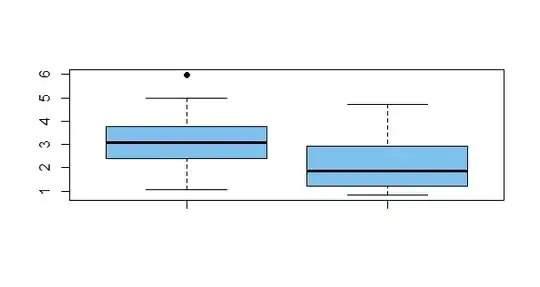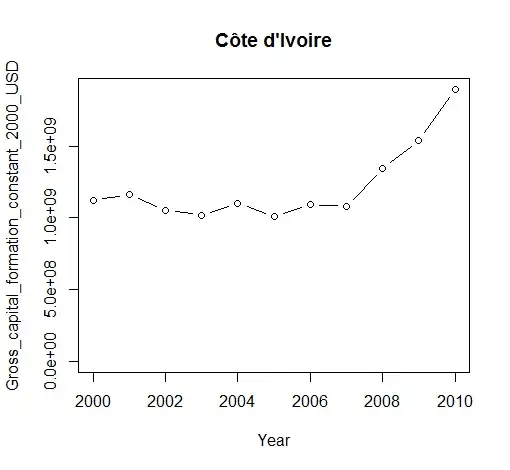Comment: Here are a couple of fairly elementary normal models that
involve simple geometry. Both have been of some practical importance.
Suppose you have a target for archery practice. Maybe a pretty good archer
shooting from a distance misses the bull's eye by amounts that can be described as follows:
The distance $R$ (in whatever direction) from the bull's eye has a
Rayleigh distribution with $\sigma=1.$ This means that the archer hits within 1 foot about 34% of the time. [The square of this Rayleigh distribution is chi-squared with 2 degrees of freedom.]
The angle $\Theta$ that a line from the bull's eye to the hit point makes counterclockwise from the horizontal is $\mathsf{Unif}(2, 2\pi).$ So misses
are symmetrically scattered about the bull's eye.
If you convert from polar coordinates $(R,\Theta)$ to rectangular coordinates $(X,Y),$ then it turns out that $X$ and $Y$ are independently standard normal.
[For some years, this math was used to allow computers to sample from
a standard normal distribution. It's called the Box-Muller method. See the link for equations and figures.]
Suppose you have 12 independent random variables $U_i$ independently distributed as
$\mathsf{Unif}(0,1).$ Then $S = \sum_{i=1}^{12} U_i $ has $E(S) = 6, V(S) = 1,$
and by the Central Limit Theorem, $Z = S - 6 \stackrel{aprx}{\sim} \mathsf{Norm}(0,1).$ That $Z$ is nearly standard normal is not a surprise. However, with a limit theorem about converging to normal as $n \rightarrow \infty,$ one does not necessarily expect excellent results for $n = 12,$ and
the degree to which $Z$ matches standard normal is surprising.
A simple simulation shows this:
set.seed(1234)
z = replicate(10^6, sum(runif(12))-6)
hist(z, prob=T, br=50, ylim=c(0,.4), col="skyblue2")
curve(dnorm(x), add=T, lwd=2, col="red")

The Shapiro-Wilk test for normality will handle at most 5000 observations.
Results of the W-S test on the first 5000 of the million values simulated
shows that they are consistent with normal.
shapiro.test(x[1:5000])
Shapiro-Wilk normality test
data: x[1:5000]
W = 0.9969, p-value = 0.4585
For $n < 12,$ this link to the Irwin-Hall distribution gives some
equations and graphs.
[Pseudorandom number generators produce results that are very hard to distinguish from independent samples from a standard uniform distribution. In the early
days of computation, when adding was about the only cheap operation, this method of getting one standard normal distribution by adding 12 independent 'standard uniform' variates was widely used.]

